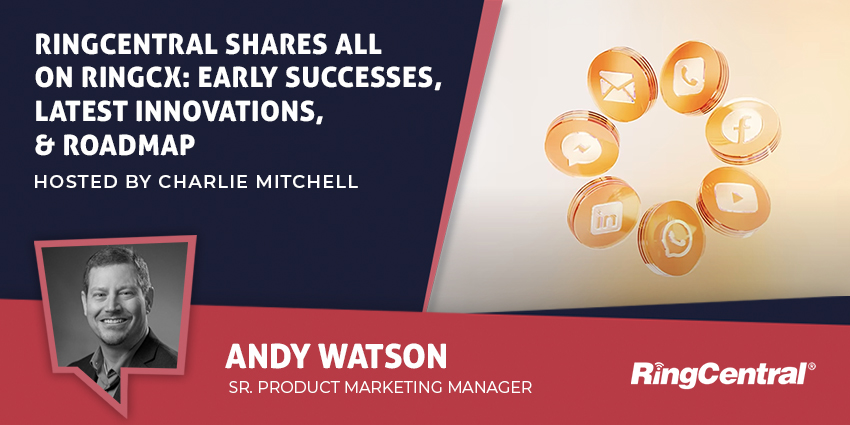Customer experience is the most important consideration for businesses in any industry. Without a strong strategy for CX, you can’t hope to compete with the other brands in your landscape. This fact applies to the fast-paced manufacturing space too.
What makes CX particularly complex for many manufacturing brands is that there are so many different kinds of manufacturing “customers” to consider. Today’s companies need to address rapidly-evolving go-to-market strategies, which can include regular interactions with all types of clients, from B2B buyers to D2C end users.
As we move into a new age of digital transformation and growth post-pandemic, now could be the perfect time for many manufacturing companies to reconsider their CX strategy and determine how they can stay successful in the years ahead. Here are some of the steps involved in building a business case for CX in manufacturing.
Step 1: Address Your Business Model
Various new trends have emerged in the manufacturing sector in the last couple of years. We’re seeing the rise of manufacturing brands selling maintenance and management services as an extra way to make cash on major purchases. At the same time, concepts like direct-to-consumer purchasing and manufacturing marketplaces are growing more common.
If you’re updating your business model or exploring new kinds of consumers in 2022 and beyond, it’s essential to think about how you can maintain your brand image in these new avenues. No matter what kind of business strategy you’re going to embrace in the years ahead, you’ll need to ensure you still have the right CX strategy to manage every type of customer.
For some manufacturing companies, this could mean investing more money into CRM tools for segmentation, and workforce management tools, to distribute customer service professionals between different buyer groups. With a comprehensive CCaaS solution and a range of powerful CX tools, companies can also collect more data about their audience, helping them to highlight which business opportunities have the most potential in the future.
Step 2: Focus on the Benefits of Loyalty
Most manufacturing companies rely heavily on solid relationships with suppliers, wholesalers, distribution groups, and larger customers. To maintain these relationships, you’ll need to ensure you have the right CX solutions in place.
CX tools in the manufacturing ecosystem can help brands double down on gaining trust and long-term loyalty from the right target audience. There are tools available to help with building things like loyalty programs and referral schemes, as well as software you can use to collect crucial reviews and testimonials from your would-be brand advocates.
At the same time, implementing the right tools for customer service can improve your chances of keeping happy customers close to your brand. For instance, implementing video into your contact centre with a CCaaS solution can help manufacturing teams solve problems faster by providing them with more contextual information.
As customers continue to demand interactions across a range of channels, from self-service solutions to video conferencing, having the tools to keep you ahead of the competition will positively influence loyalty.
Step 3: Prioritize Personalised Experiences
Part of developing stronger relationships in the manufacturing industry today is making sure every kind of customer you’re serving gets a relevant, personalised experience when interacting with your brand. For instance, 91% of customers say they prefer to work with companies providing offers pertinent to their needs. Suggesting the tools or additional services your customers might need by evaluating their profile in a CRM environment could help to increase your sales.
Today’s manufacturing teams need to make sure they understand the needs of their individual clients perfectly. This is particularly true as more manufacturing brands continue to look into value-added services like maintenance as a service. With the right CRM tools and CCaaS solutions, agents in the manufacturing industry can engage in more meaningful conversations with customers.
As the world of CX continues to evolve, you’ll also be able to implement new solutions like AI to help with things like predictive analytics. This could allow manufacturers to pinpoint potential problems in a system before they emerge and deliver faster customer service.
Step 4: Look for Ways to Empower the Team
Staying ahead of the curve with a powerful CX experience starts by ensuring your employees have the tools they need to thrive. In the manufacturing landscape, businesses often have a wide range of different employees to support in various environments, including remote and mobile team members.
With the right CX solutions, manufacturing companies can empower agents wherever they are, allowing them access to all the contextual information they need to serve clients. CX solutions can also include workforce management tools which help with scheduling teams more effectively and assigning the right level of support to different customer segments.
As your manufacturing company continues to transform digitally, you can even look into aligning UCaaS and CCaaS so contact centre teams have access to a wider range of tools for collaboration. This is likely to be an important step for many manufacturing brands trying to stay ahead of the competition in the years to come.
Step 5: Consider Future Opportunities
Finally, building a successful business case for CX in manufacturing doesn’t just mean considering the benefits available to your company today. You can also use the right CX solutions to form the foundations of a flexible ecosystem for future innovations in AI, 5G, and the Internet of Things. According to Salesforce, 24% of manufacturing decision-makers already use AI chatbots for customer service.
There are plenty of powerful opportunities on the horizon for business leaders in the manufacturing space, including the rise of IoT for controlling various pieces of crucial equipment from a distance. The development of XR solutions like virtual, mixed, and augmented reality will also allow for a more immersive level of customer service for future teams.
When building your business case for CX in manufacturing, don’t be afraid to consider what the future might hold.







